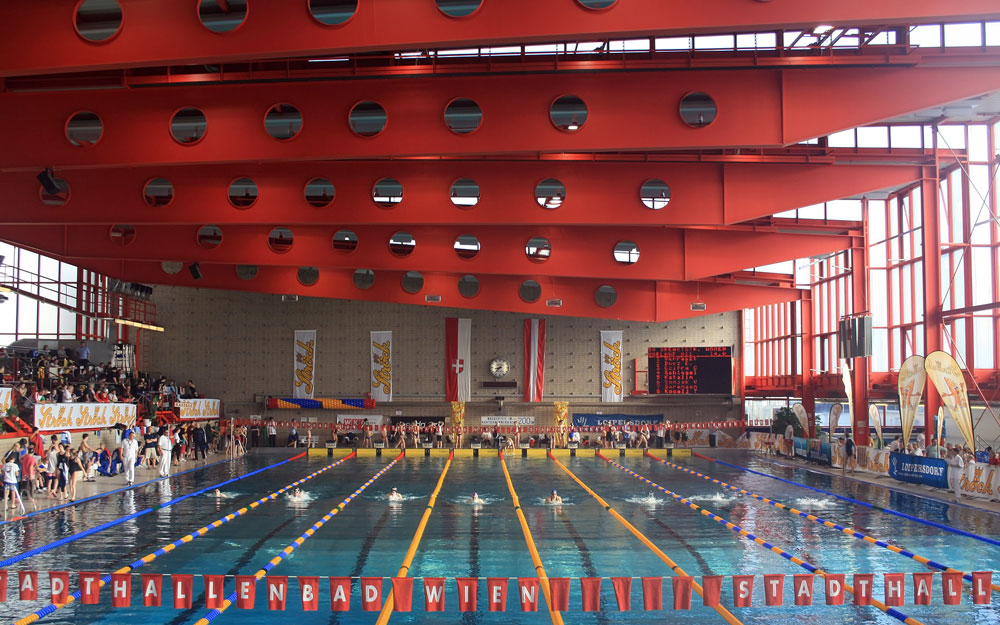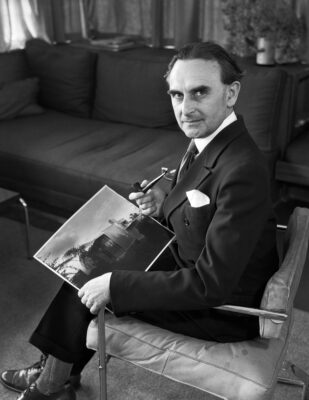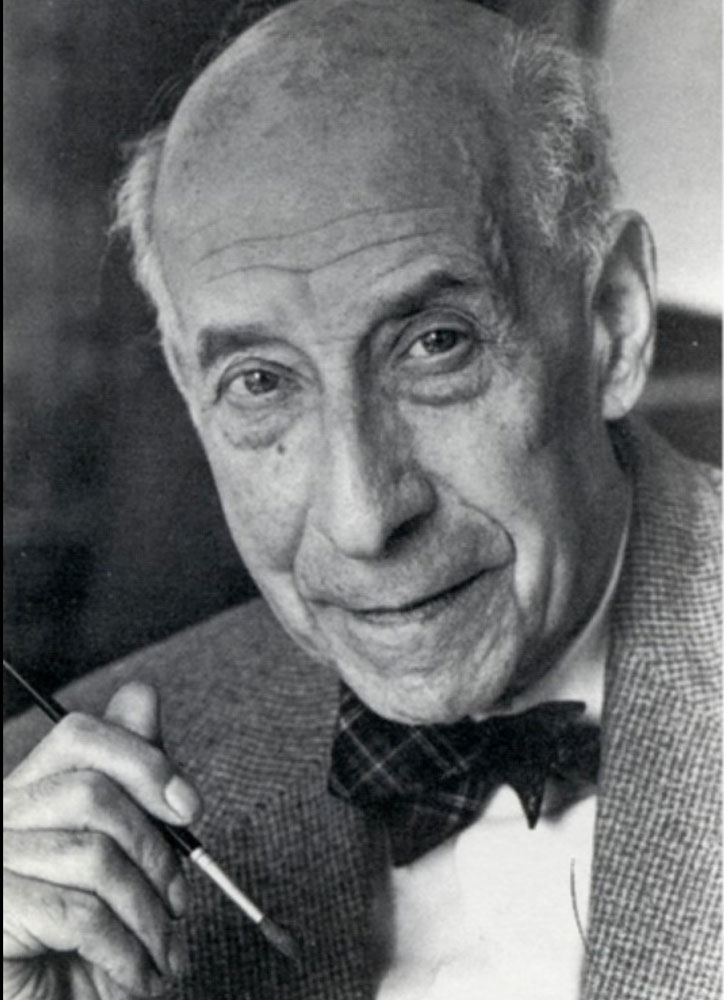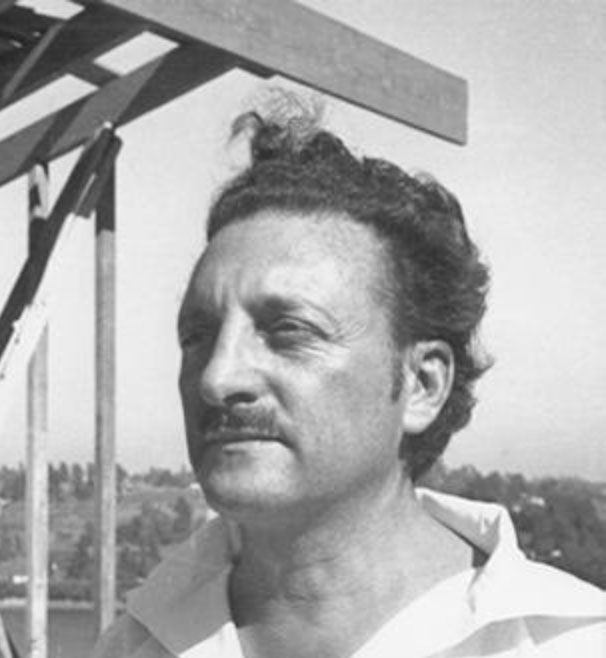
Roland Rainer
Roland Rainer
The Austrian architect Roland Rainer’s story is one of two parts. On the surface, it’s marked by awards and accolades for urban planning, dig deeper and the shadowy past of his wartime activity is lurking.
Born in Klagenfurt in 1910, Rainer studied architecture at Tu Wein, Vienna’s University of Technology. From as early as 1936 he became affiliated with Austrian’s pro-Nazi organisations, two years later he joined the NSDAP (National Socialist German Workers Party) and remained an active member of the Nazi party until the end of the war. While this heinous record was buried for many years, a series of articles published during the Nazi-era about urban planning came back to haunt him in the twilight years of his career.
After the war, Rainer accepted a number of Professorships (including one in Haifa, Israel) and grew to be a respected figure in the Austrian world of architecture. He worked as Professor of Urban Studies at the University of Hanover and Professor of Structural Engineering at the University of Technology Graz. Just short of a decade after WWII, he held a senior position at the School of Architecture at the Academy of Fine Arts in Vienna. By 1958 Rainer became the Chief Urban Planner of Vienna, a role he continued in until 1963. He is credited with his role in the creating of the Seidlung Am Mauerberg, the Am Mauerberg Estate, in Vienna, an innovative housing estate (1962–1963), and for his work in the developing of the Garden City, gartenstadt of Puchenau near Linz (1963) as well as the Wiener Stadthalle, Vienna’s indoor arena and convention centre in 1962.
Rainer’s past was unexpectedly revealed in 1957 when wartime papers came to light including an article published in 1944 in which he detailed how his Nazi-tainted views about race segued with urban planning. There was one problem – in his earlier autobiography he had ‘accidentally’ missed out his Nazi past claiming that his first published work about urban planning was post-war.
The issue of his Nazi past was revisited in July 2013, when a study was published by the Cultural Office of the Vienna City Council (p130) that investigated Rainer’s early political leanings. It led to a discussion of whether or not a Platz should be named after him, officials considered the merits of signposting, so to speak, his name as a great son of the city and decided they should and the area immediately in front of the Wiener Stadthalle was named in his honour the ‘Roland Rainer Platz’ in 2014.
Ultimately, his Nazi past did not hinder his career as he continued to play an important role in the development of Vienna. He died in 2004 and is buried in the family tomb in Ober Sankt Veit.
A few of his awards
City of Vienna Prize for Architecture 1954
Austrian Cross of Honour
Großer Österreichischer Staatspreis
Österreichisches Ehrenzeichen für Wissenschaft und Kunst 1962
Ehrenzeichen für Verdienste um die Republik Österreich 2000
Image by Tsui of the Stadthallenbad Wiener Austria CC BY SA 3.0







